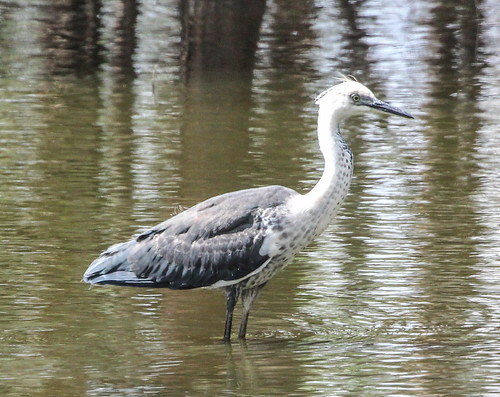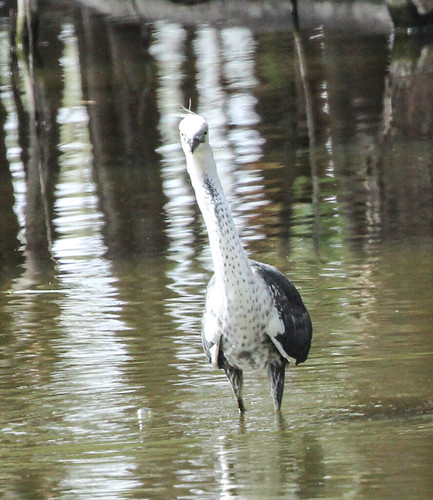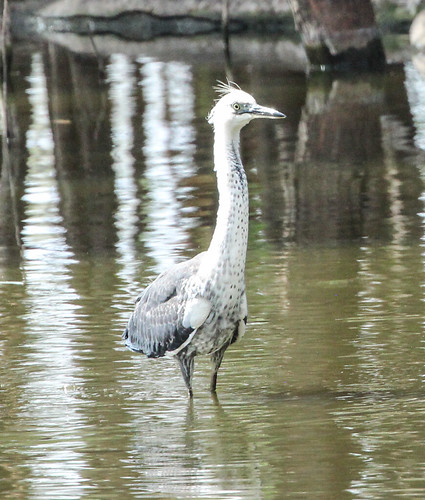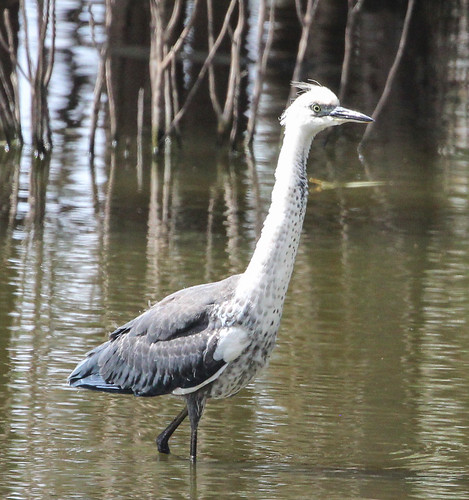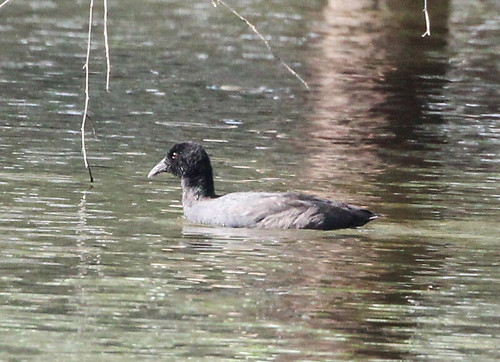Lake Mournpall Campground
Last Updated Dec 2014 | Originally suggested by Peter
![]()
![]()
![]()
![]()
![]()
![]()
![]()
![]()
Tranquil, lakeside camping shaded by scattered River Red Gums and some Black Box.
29 sites dispersed around the lake edge (tables & BBQs, 3 WCs), backed by red sand hills to the west, with Cypress-pine and Buloke.
Kangaroos are very common. Bird life is prolific: Emus, Noisy Minors, Parrots and Choughs are common and include water birds if the lake is full - Pelican, Black Swan, and ducks.
The lake and creek complex contrasts with the rolling sand hills to the west, covered with Mallee and porcupine grass with some stands of Black Box and Cyprus-pine. After rain wildflowers abound.
Lake Mournpall is the most likely of the Hattah lakes to contain water as it retains water for up to 7 years.
Can be very hot and dry in summer, winter nights may be cold. Tracks through the park may be rough after rain or flooded. Gas fires are preferred.
Facilities and activities at Lake Mournpall
- Number of sites:
-
29
- Camping Fees:
-
From $35 per night
- Bookings:
-
Bookings can be made over the phone or internet.
- How to book:
-
To view pricing and book online, visit http://www.parkstay.vic.gov.au/hattah-kulkyne-national-park
- Toilets:
-
Longdrop or composting
- Pets:
-
Not allowed
- Water Availability:
-
Non-potable water may be available. Boil all water for at least 10 minutes before drinking.
- Camp fires:
-
Fires may be allowed in built fire places. Please check local fire bans and rules.
- Barbeques:
-
Wood barbeques are available. Bring firewood and check firebans.
- Swimming:
-
You are able to swim in the lake nearby.
- Fishing:
-
There are fishing spots at or near this campsite.
- Picnic Tables:
-
Yes.
- Horse Riding:
-
No
- Canoeing / Kayaking:
-
There are canoeing and kayaking spots at or near this campsite
- More Information
Location information for Lake Mournpall
This site is accessable by caravans in good weather.
from Hattah (68k south of Mildura, 38k north of Ouyen on the Calder [A79] Hwy): East 2.8k on the Hattah-Robinvale Rd, left north-east 1.7k (signposted), left north 8.9k (gravel) on Mournpall Drive, campsite signposted on the right.
comments powered by Disqus
Home | Articles | FAQs | Terms | Privacy
© Net Reach Media Pty Ltd 2017
Visit our other sites
CairnsToCape.com.au
What to do, see, where to stay and the wildlife of this spectacular section of Far North Queensland
BushandBoat.com.au
Adventure tours in Port Douglas, Cape Tribulation and the Daintree Rainforest

